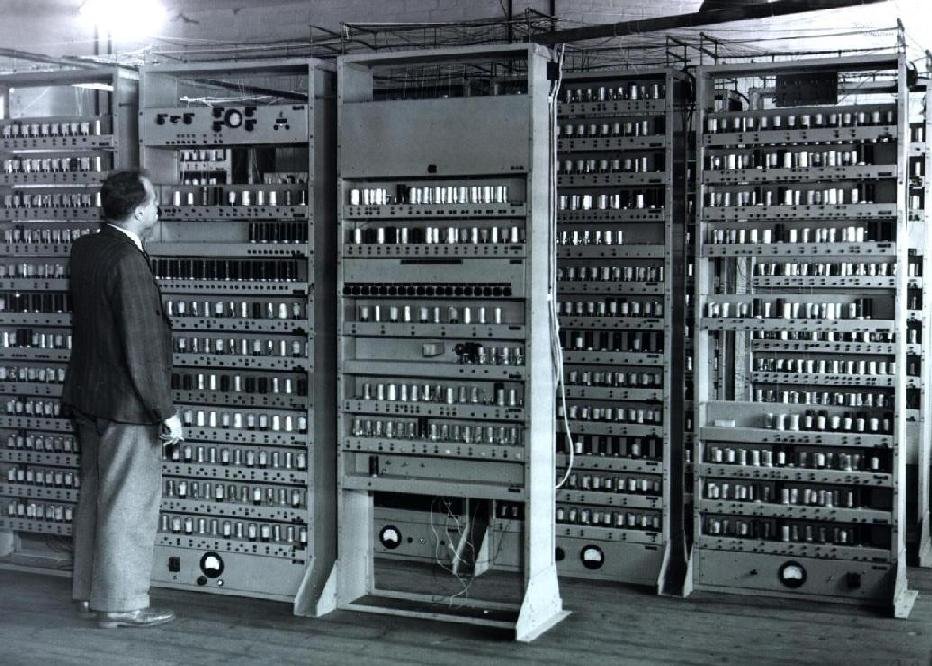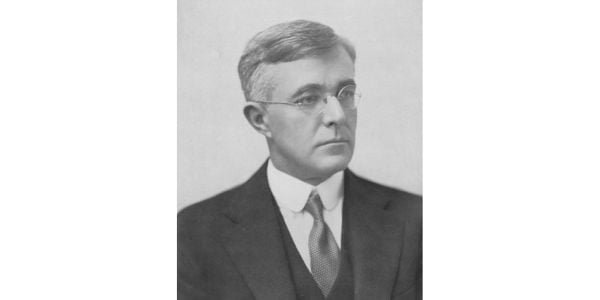Table of Contents
In India, the Employee Provident Fund Organization (EPFO) plays a significant role in ensuring the financial security and well-being of employees. EPFO is a statutory body established under the Employees’ Provident Funds and Miscellaneous Provisions Act, of 1952.
What is EPFO?
EPFO, short for Employee Provident Fund Organization, is a government body responsible for managing the Employees’ Provident Fund (EPF), a social security scheme aimed at providing financial security to employees in the organized sector. It operates under the Ministry of Labour and Employment, Government of India.
The 3 Major Schemes of EPFO: :
Employees’ Provident Fund (EPF):
The Employees’ Provident Fund (EPF) scheme is a cornerstone of the EPFO and plays a crucial role in providing financial stability to employees. Here are the key aspects of EPF:
a. Contribution:
Under EPF, both the employee and the employer make monthly contributions. The contribution rate is 12% of the employee’s basic salary plus dearness allowance. The employer deducts the employee’s share from their salary and contributes it to the EPF account along with their own share.
b. Accumulation:
The contributions made towards EPF accumulate over time and earn interest. The accumulated amount serves as a retirement corpus for the employee.
c. Withdrawal:
Employees can withdraw their EPF balance in certain situations, such as retirement, resignation, or financial emergencies. Partial withdrawals are also allowed for specific purposes like housing, medical treatment, marriage, and education.
d. Tax Benefits:
EPF offers tax benefits to both employees and employers. The employee’s contributions are eligible for tax deductions under Section 80C of the Income Tax Act, of 1961. The interest earned and the employer’s contributions are tax-exempt.
Employees’ Pension Scheme (EPS):
The Employees’ Pension Scheme (EPS) works in conjunction with the EPF scheme to provide a monthly pension to employees after retirement. Here’s what you need to know about EPS:
a. Eligibility:
Employees who are members of the EPF scheme and have completed at least 10 years of eligible service are eligible for the EPS.
b. Pension Calculation:
The pension amount is calculated based on the employee’s pensionable service and average monthly pensionable salary. The pensionable service is capped at 35 years.
c. Monthly Pension:
After retirement, employees become eligible for a monthly pension, which is determined based on their pensionable service and average pensionable salary.
d. Family Pension:
In the unfortunate event of the employee’s demise, the EPS provides a family pension to the spouse and dependent children.
Employees’ Deposit Linked Insurance Scheme (EDLI):
The Employees’ Deposit Linked Insurance Scheme (EDLI) aims to provide life insurance coverage to employees. Here are the key features of EDLI:
a. Insurance Coverage:
Under EDLI, employees receive life insurance coverage based on their average monthly wages, subject to a maximum limit set by the EPFO.
b. Employer Contribution:
Employers contribute 0.5% of the employee’s wages to the EDLI scheme.
c. Nomination Facility:
Employees can nominate their family members as beneficiaries to receive the insurance amount in the event of their demise.
d. Additional Insurance:
In addition to the EDLI coverage, employees can also opt for additional life insurance coverage through the EPFO’s group insurance scheme.
EPF Contribution and Calculation:
Both the employer and the employee make EPF contributions. The contribution rate is 12% of the employee’s basic salary plus dearness allowance. The employer is responsible for deducting the employee’s share from their salary and contributing it to the EPF account along with their share.
The EPF contributions are divided into three parts: EPF (employee’s share), EPS (Employee Pension Scheme), and EDLI (Employee Deposit Linked Insurance).
EPF Account and UAN:
Every employee covered under EPFO is assigned a unique Universal Account Number (UAN). The UAN acts as a permanent account number for the employee’s EPF account and remains unchanged even when changing jobs. It helps consolidate multiple PF accounts and enables easy access to various EPF services online.
EPFO Services Online:
EPFO has introduced various online services to make EPF management more accessible and convenient for employees and employers. Some of the key online services include:
a. UAN Activation and Registration
b. PF Balance Enquiry
c. EPF Passbook Download
d. Claim Settlement
e. Online Transfer of PF Accumulation
EPFO Initiatives for Ease of Operations:
To streamline processes and enhance convenience, EPFO has undertaken several initiatives, such as:
a. Universal Account Number (UAN):
UAN helps in linking multiple PF accounts, streamlining transfer processes, and providing a unified view of EPF contributions.
b. Employee Pension Scheme (EPS):
EPS ensures a monthly pension for employees who have completed a minimum service period and reached the age of 58.
c. EPF Composite Claim Forms:
EPFO has introduced composite claim forms to simplify the withdrawal and transfer processes, reducing paperwork and processing time.
d. Online Grievance
Management System: EPFO has implemented an online portal for employees and employers to lodge and track grievances, enhancing transparency and efficiency
Also, read the mental age test































Comment on “EPFO (Employee Provident Fund Organization) – Schemes”
Comments are closed.